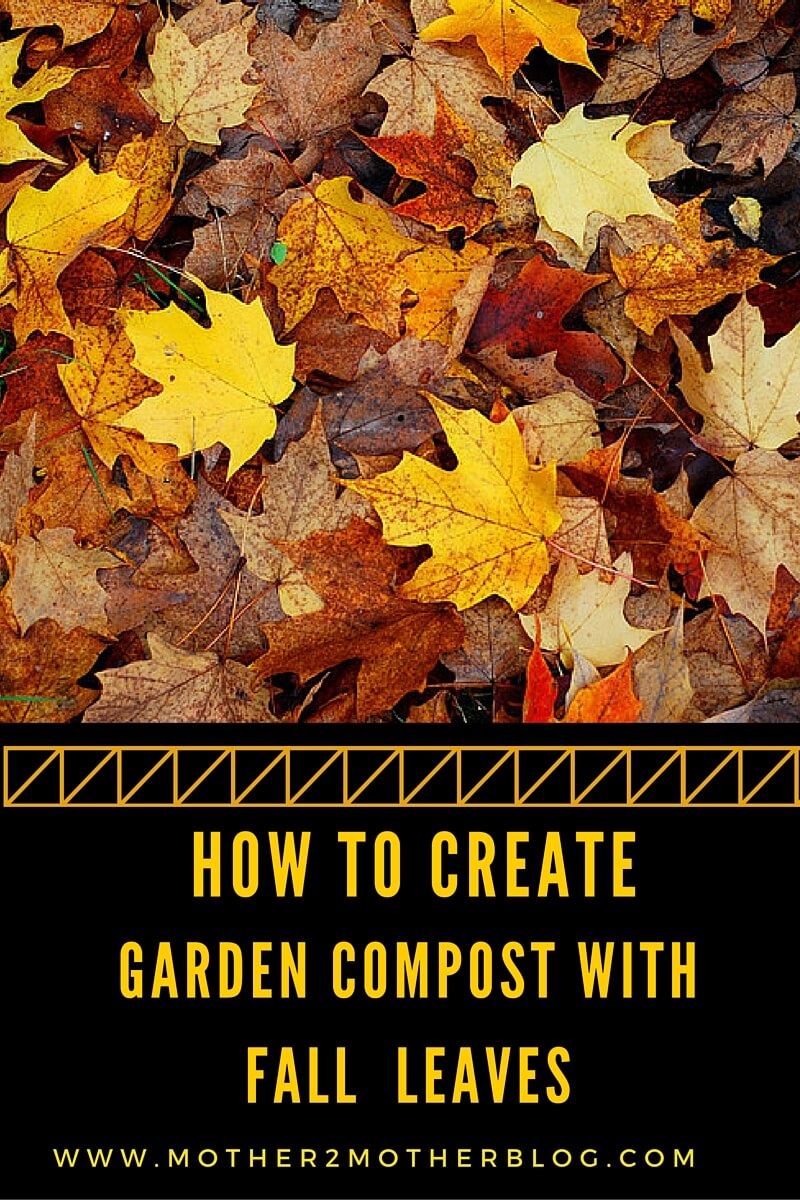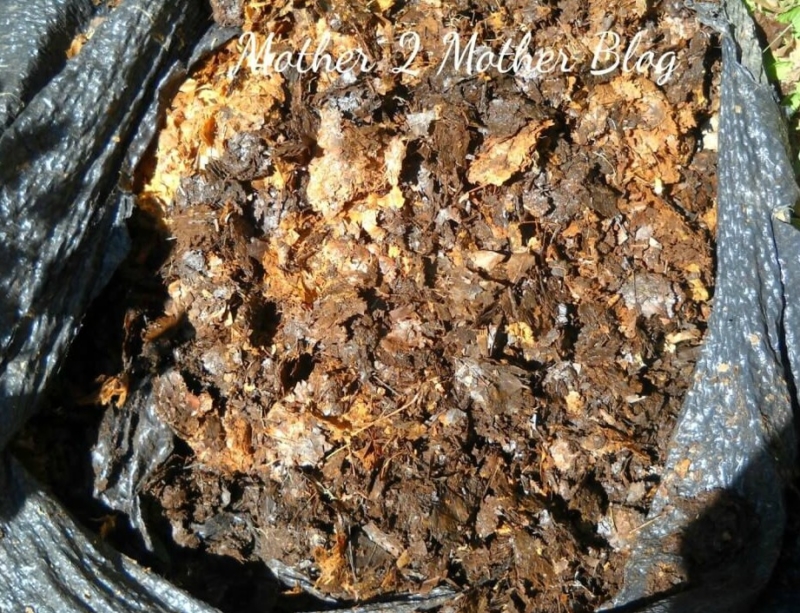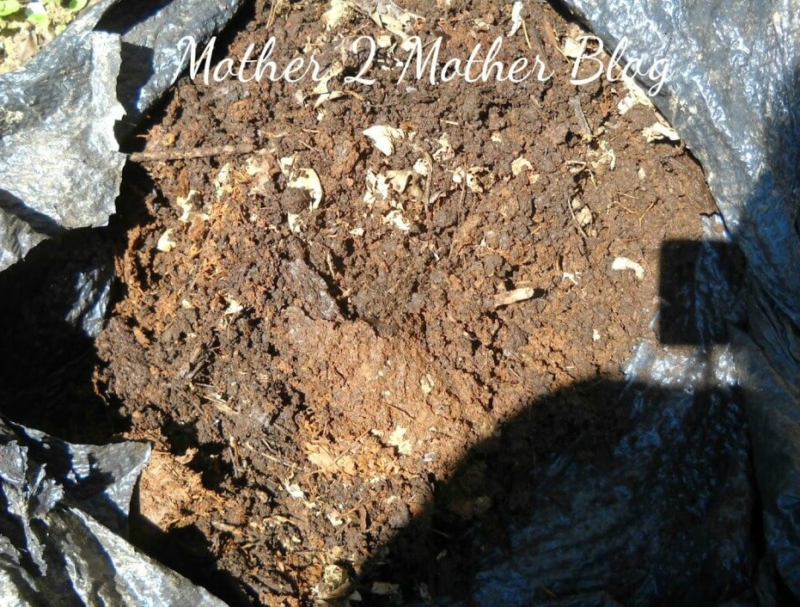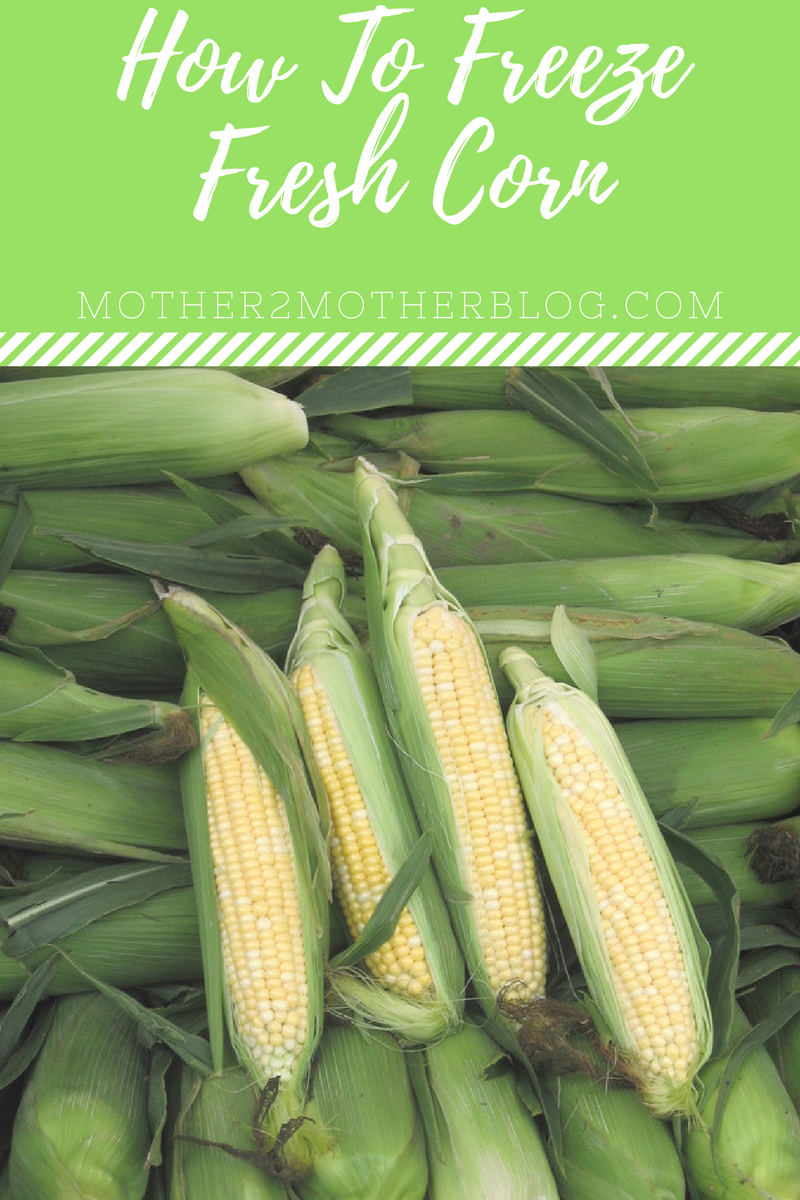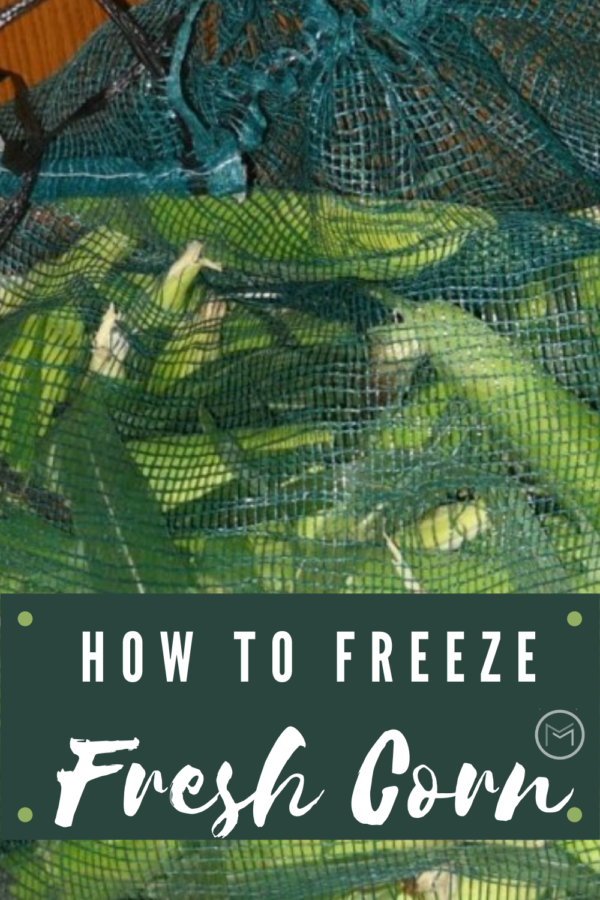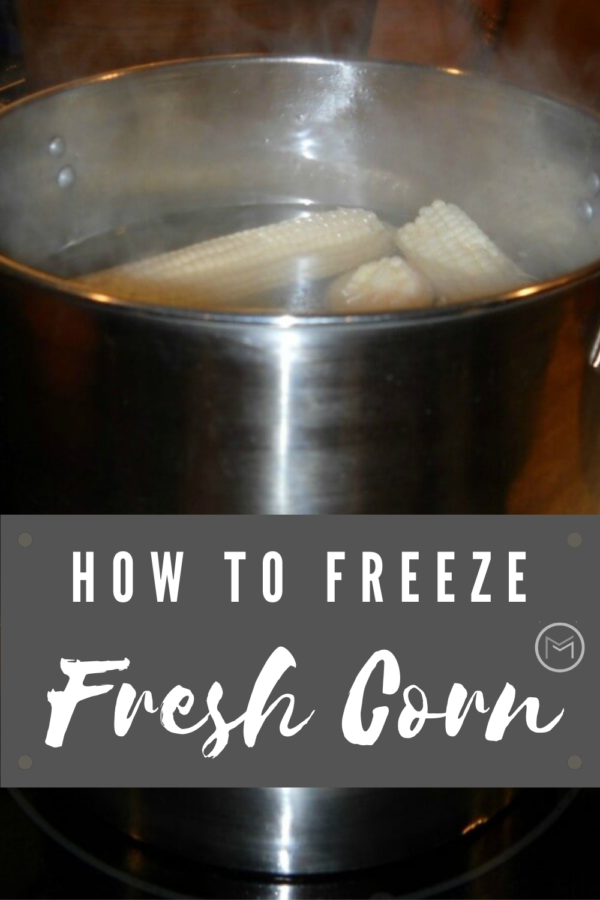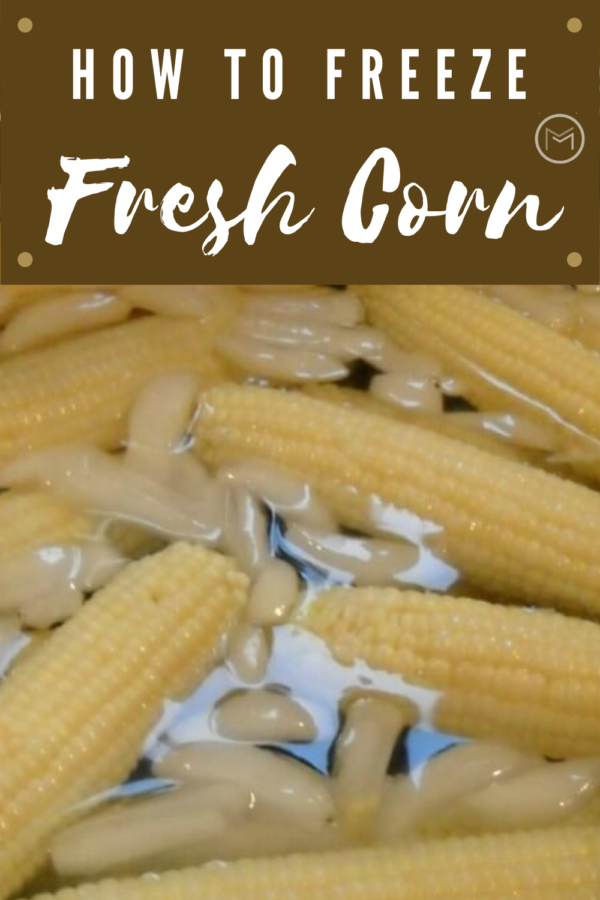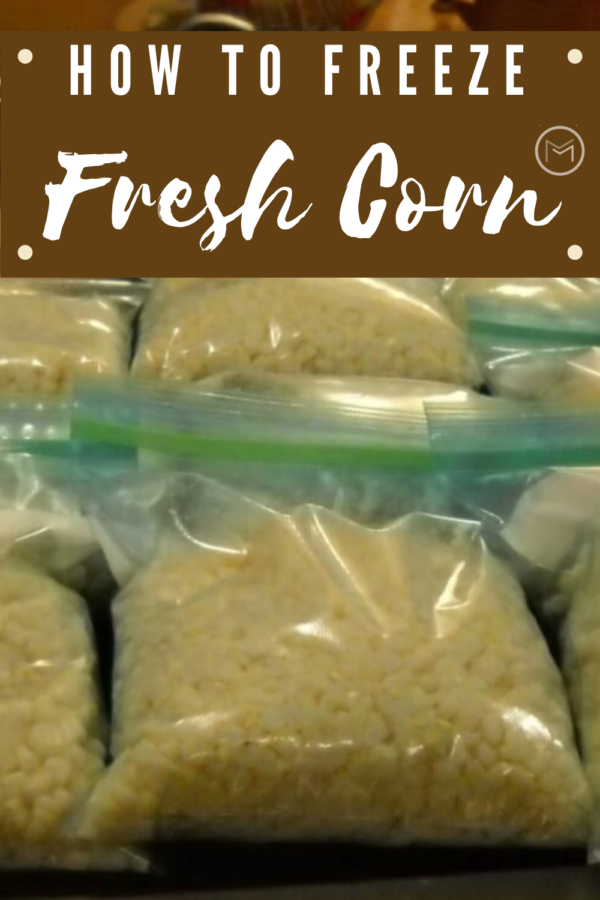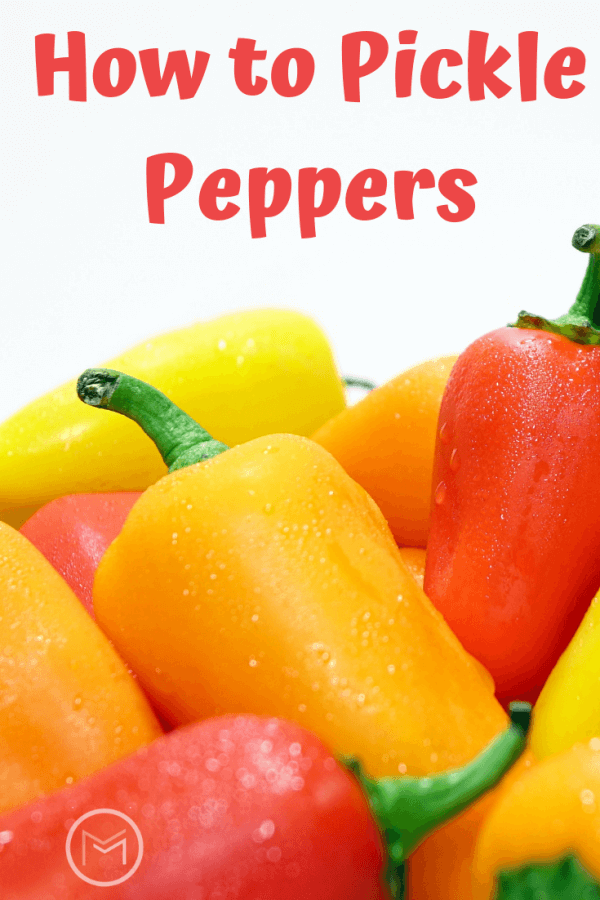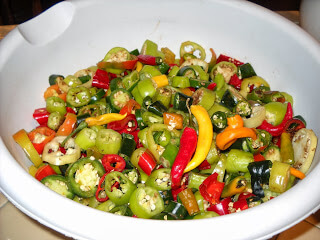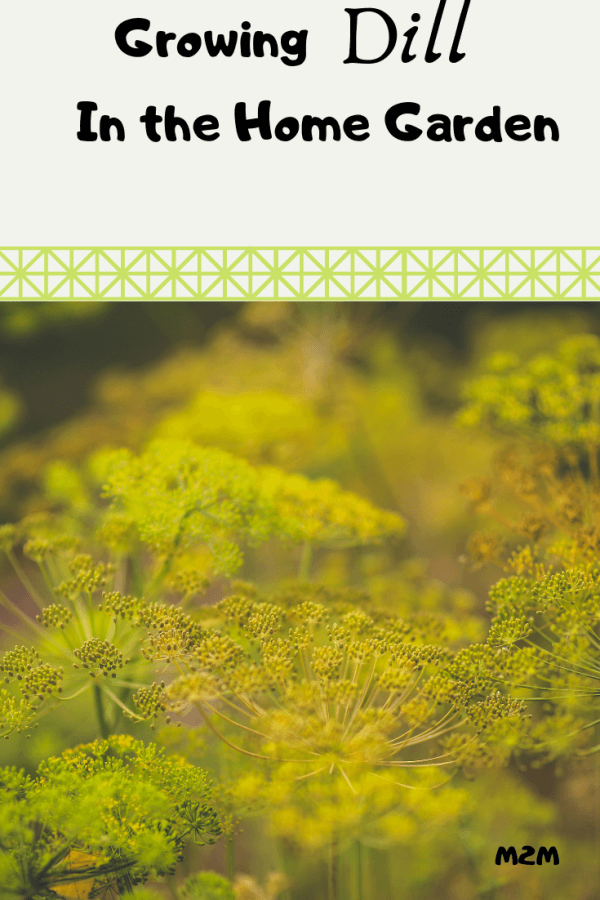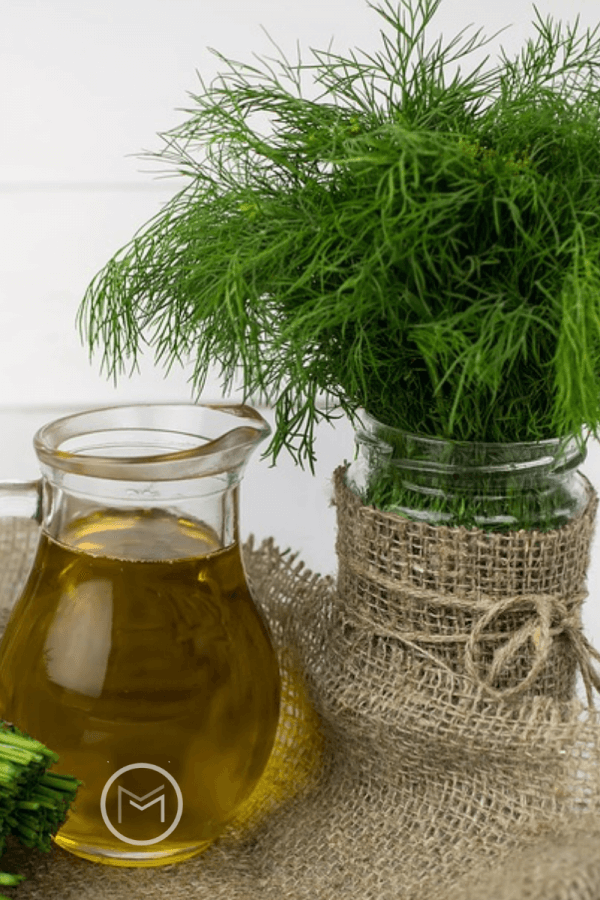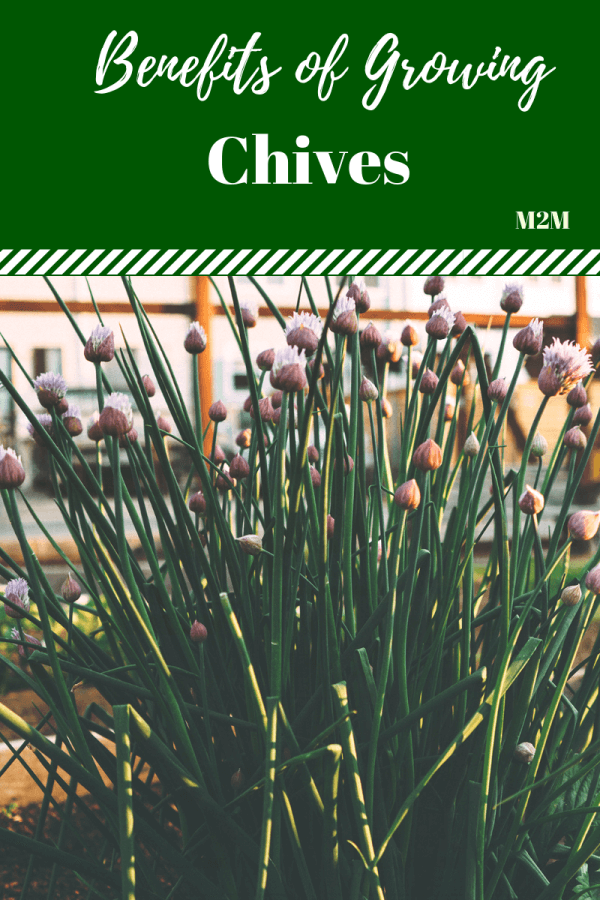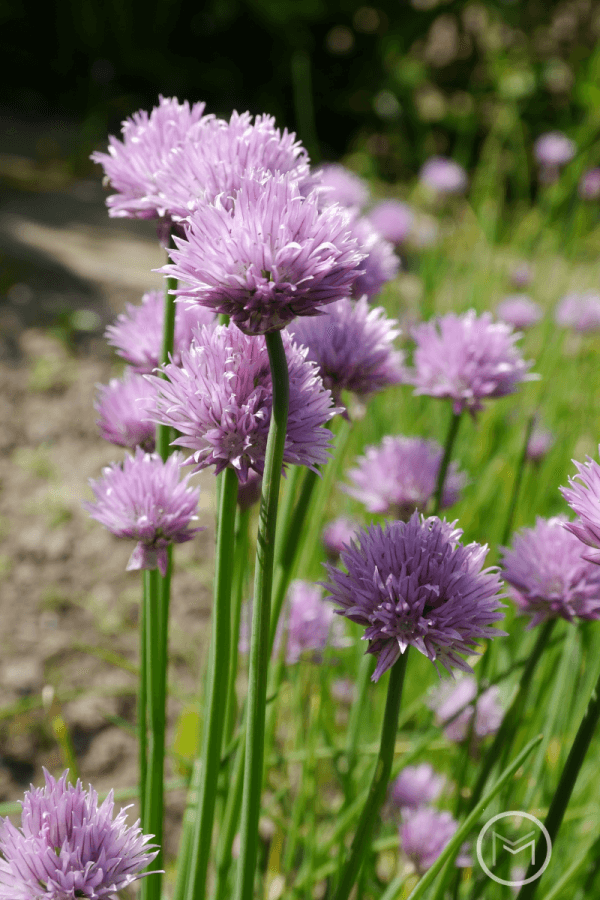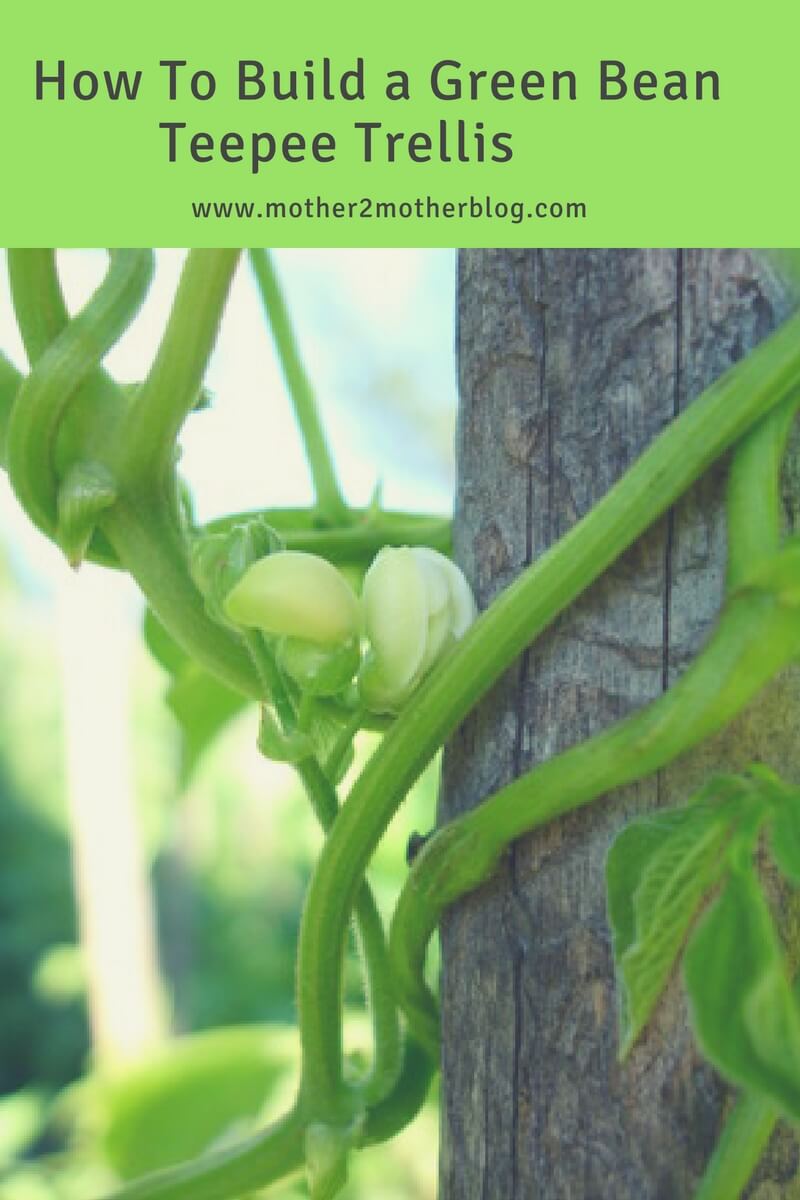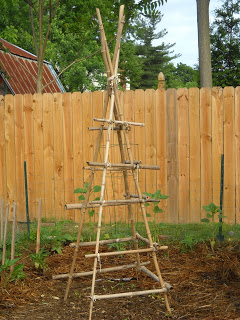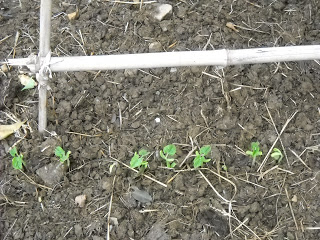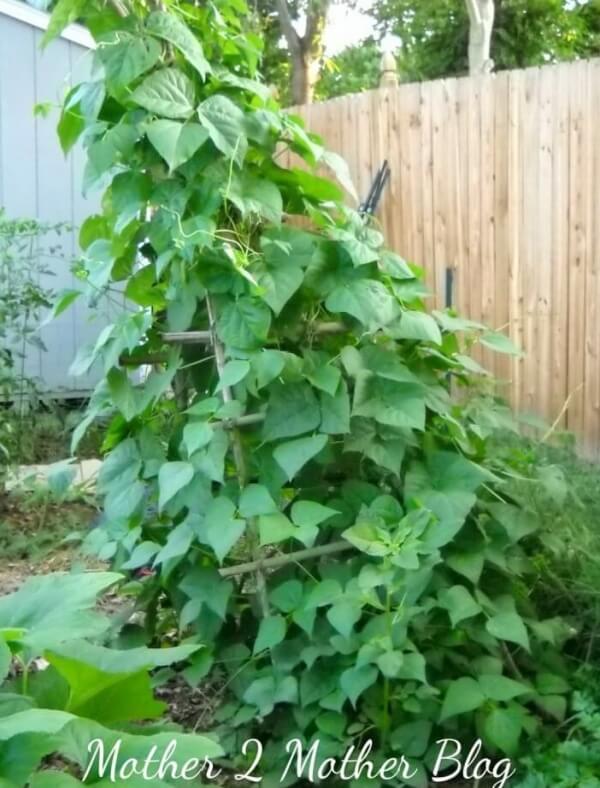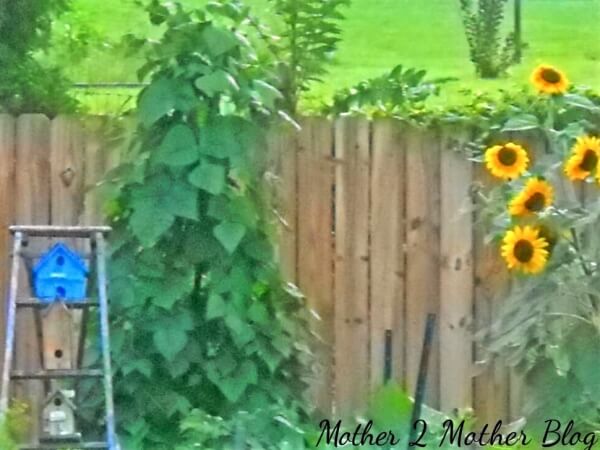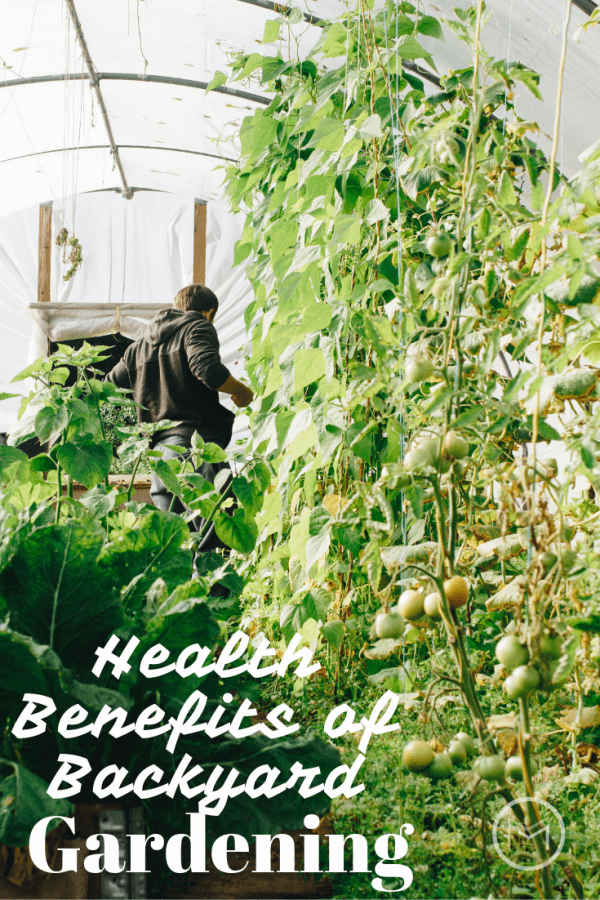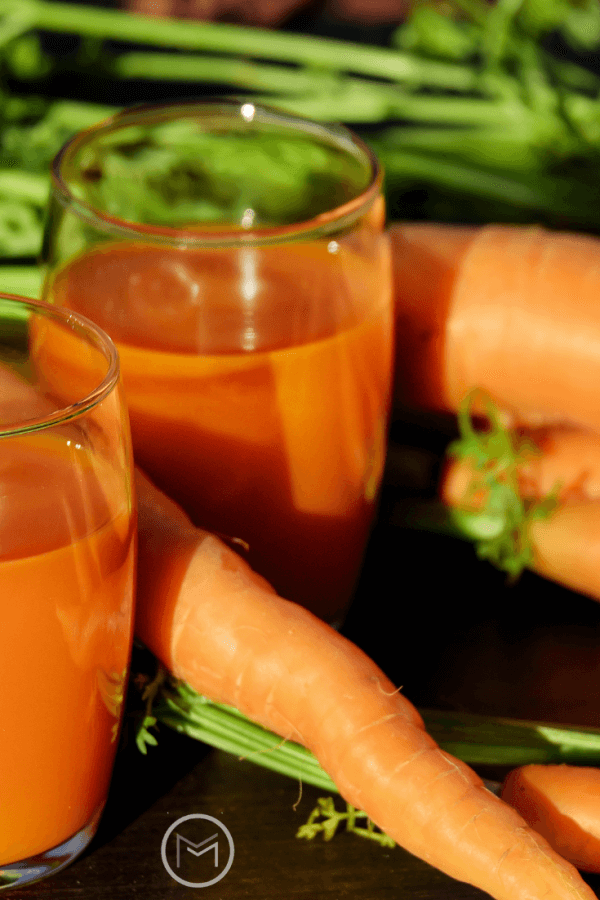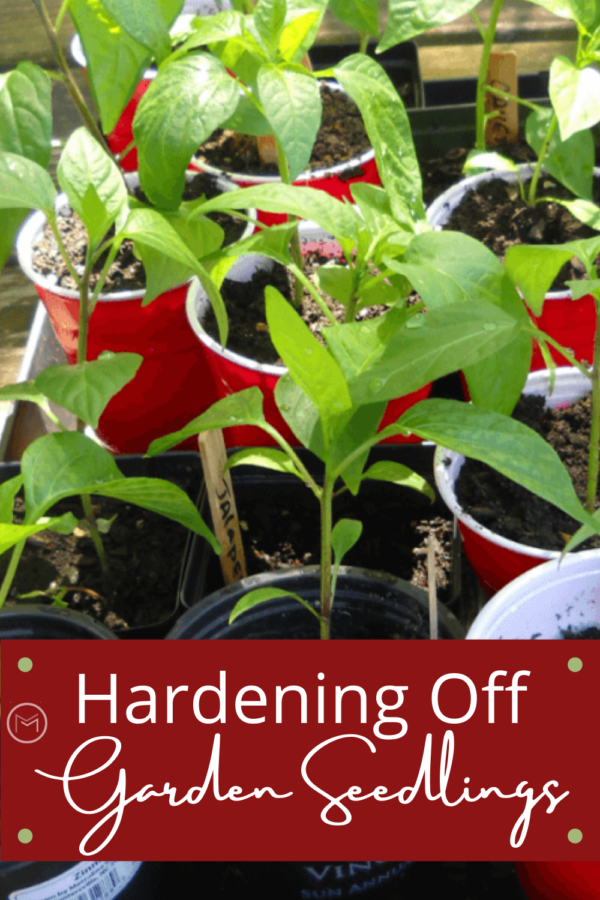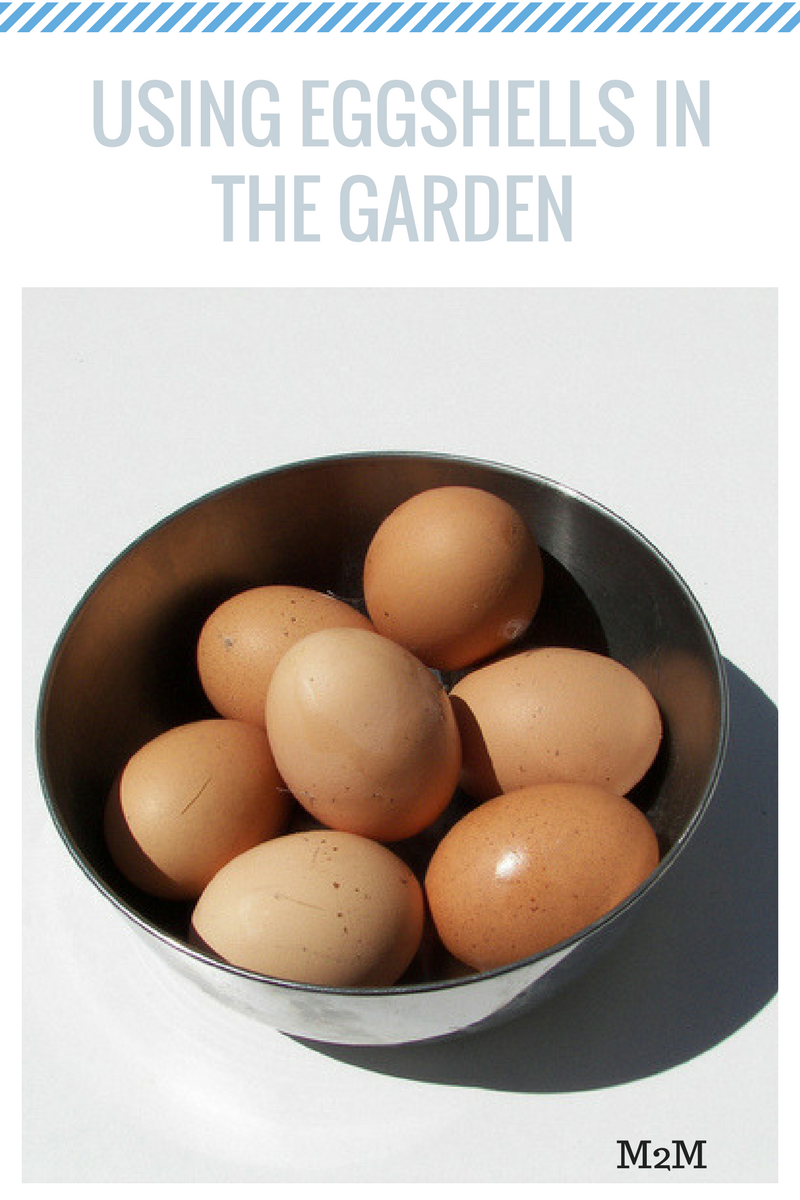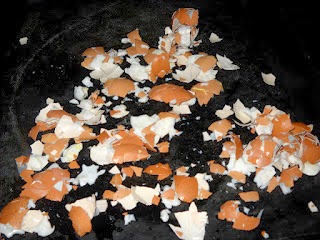Are you wondering how to blanch tomatoes? Today, I’m sharing gardening tips how you can blanch tomatoes in just a few easy steps. I love harvesting my garden and canning/freezing tomatoes for chili and soup in the winter Most of the tomatoes that I grow are Heirlooms. They’re not the best looking tomatoes, but they have a great variety and the best taste.
So, Heirloom tomatoes are at the top of backyard vegetable gardening planning. My favorites tomatoes are Cherokee Purple and Paul Robeson. I can’t get enough. I love slicing them and spreading a little mayo over them with a little pepper or on a BLT. It just doesn’t get any better than a fresh tomato from a backyard garden.
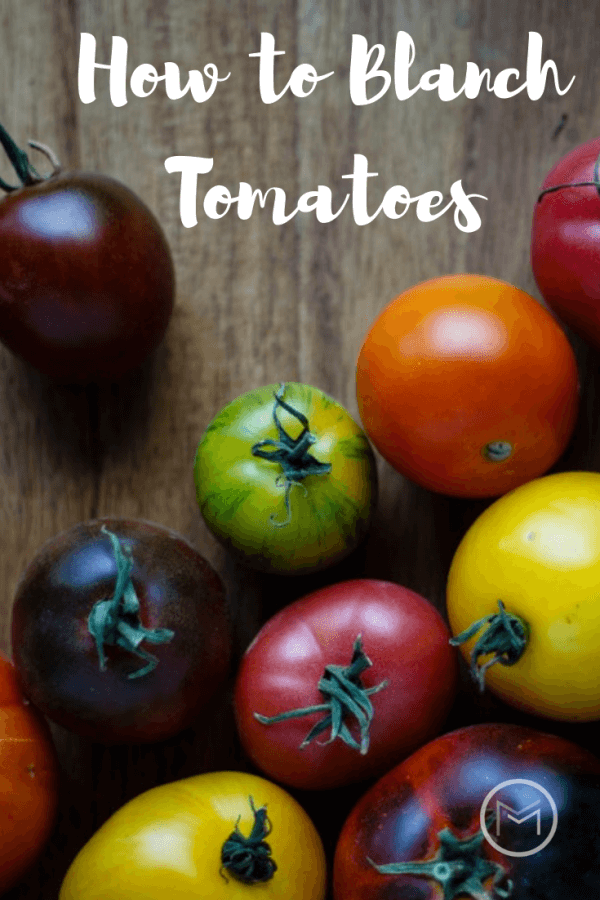
When I harvest enough tomatoes, I get out the blanching basket and my Ball Canner. The tomatoes taste as good during the winter as they do when I pick them from the vine. I freeze some of the tomatoes, but can the majority of them.
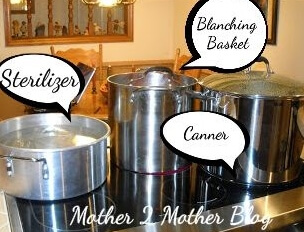
Here’s a few tips on how to blanch tomatoes:
Purchase a steamer basket for blanching tomatoes in your stockpot. I also use it to blanch green beans and corn before freezing. Blanching tomatoes is easy and a necessary step to remove the skin before freezing or canning. It locks in the flavor and here’s the steps:
1. Choose tomatoes that are not bruised or cracked. If you don’t have a backyard garden, visit your local farmer’s market.
2. Next, fill your stockpot half-way and bring the water to a roaring boil. Do not fill completely, immersing the basket will cause the water to rise.
3. Fill a large bowl with ice water. This step is important, ice water will stop the tomatoes from cooking and cool them down enough to remove the skin.
4. While you’re waiting for the water to boil, remove any stems and make an x on the bottom of each tomato. Making an x on the bottom of the tomato helps loosen the skin during the cooking process. (This step is optional. I have blanched tomatoes without the x).
5. Once your water is boiling, place the basket inside the stockpot for approximately 30 seconds – 1 minute. Do not cook your tomatoes longer than the 1 minute time frame. Some of the skins on the tomatoes may start slipping off the tomatoes during the boiling process and that’s fine. You’re going to remove the skin from the tomatoes, this is the goal.
6. Remember, remove the basket from the stockpot after 1 minute and emerge the tomatoes into the ice water with a slotted spoon for about 5 minutes. You can see the skin slipping off a few of the tomatoes in the picture below. You can also see that I did not remove the stem from a few tomatoes. No harm was done.
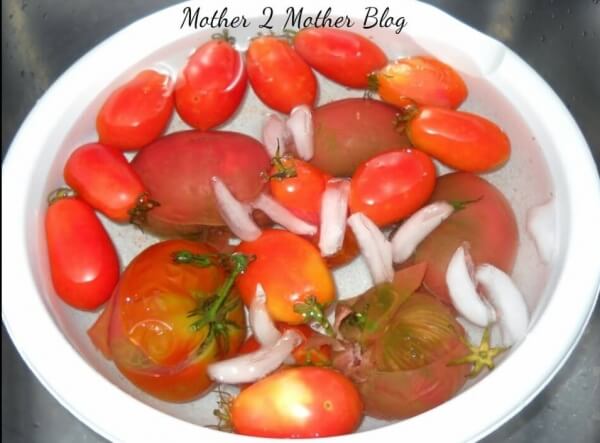
7. Remove the skin from the tomatoes, the skin should easily slip off the tomatoes. I compost the skin and stems from the tomatoes.
8. At this stage I can my tomatoes. However, you can freeze them too. I recommend slicing large tomatoes before placing them in quart or gallon freezer bags. Smaller tomatoes can be left whole. If you have a sealer, now is the perfect time to bring it out. I like to use quart bags for freezer storage. It’s a sufficient amount for most of my dishes.
9. Write the date on the freezer bag with a permanent marker and freeze until ready to use.
10. If your bags are sealed properly, your tomatoes should not sustain freezer burn and should be good to use through out the winter.
In the picture above, you can see the pan I use to sterilize my quart jars, lids and tops. I also have a stockpot that I use to blanch the tomatoes and my Ball Canner. It is made specifically for glass top stoves, and works like a charm. I’ve been using it for years to can my tomatoes, tomato sauce, salsa, pickled jalapeno peppers and more.
So, stay tuned for my canning session. I usually put up 15 – 20 quart jars of tomatoes each season. I use the canned jars of tomatoes in my chili, soup, salsa and other recipes. What are you harvesting from your garden?
